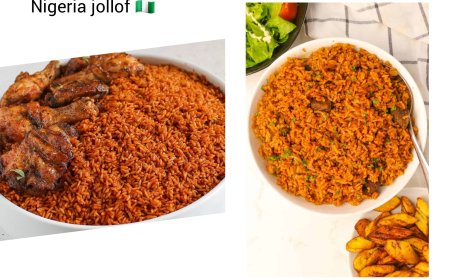The Jollof Rice Conundrum: Ghana Jollof vs. Nigerian Jollof
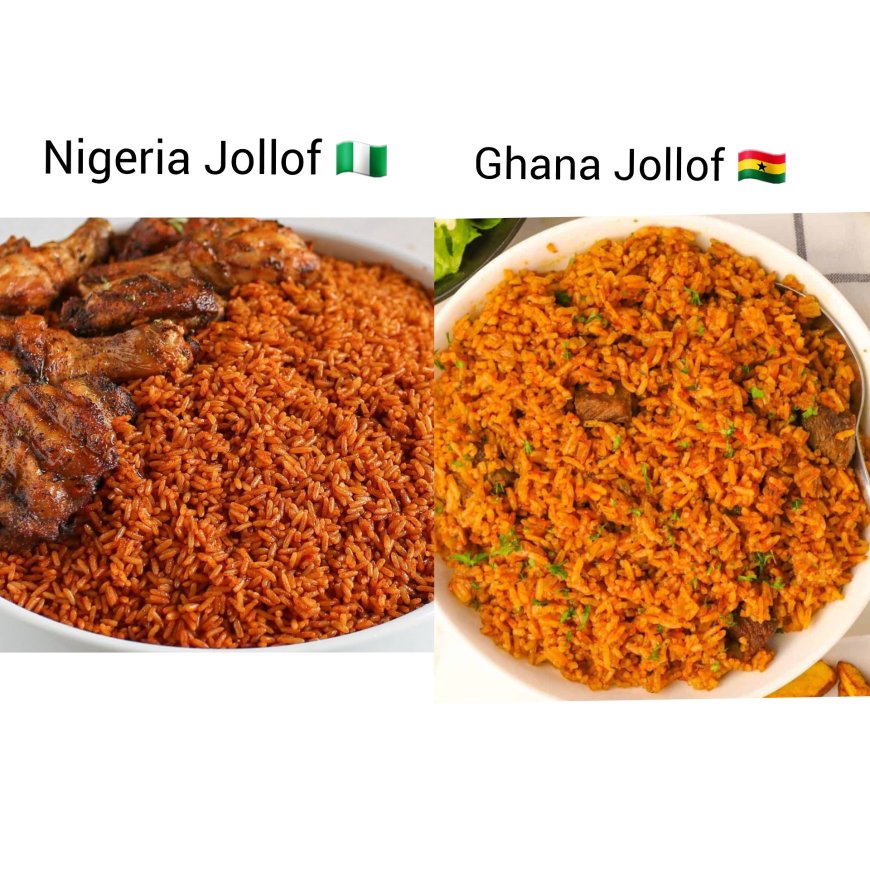
In the heart of West Africa, a culinary debate has been simmering for decades. The contentious issue? Which country serves the best jollof rice: Ghana or Nigeria? This iconic dish has become an integral part of both nations' identities, with each country fiercely defending its unique recipe.
A Brief History of Jollof Rice
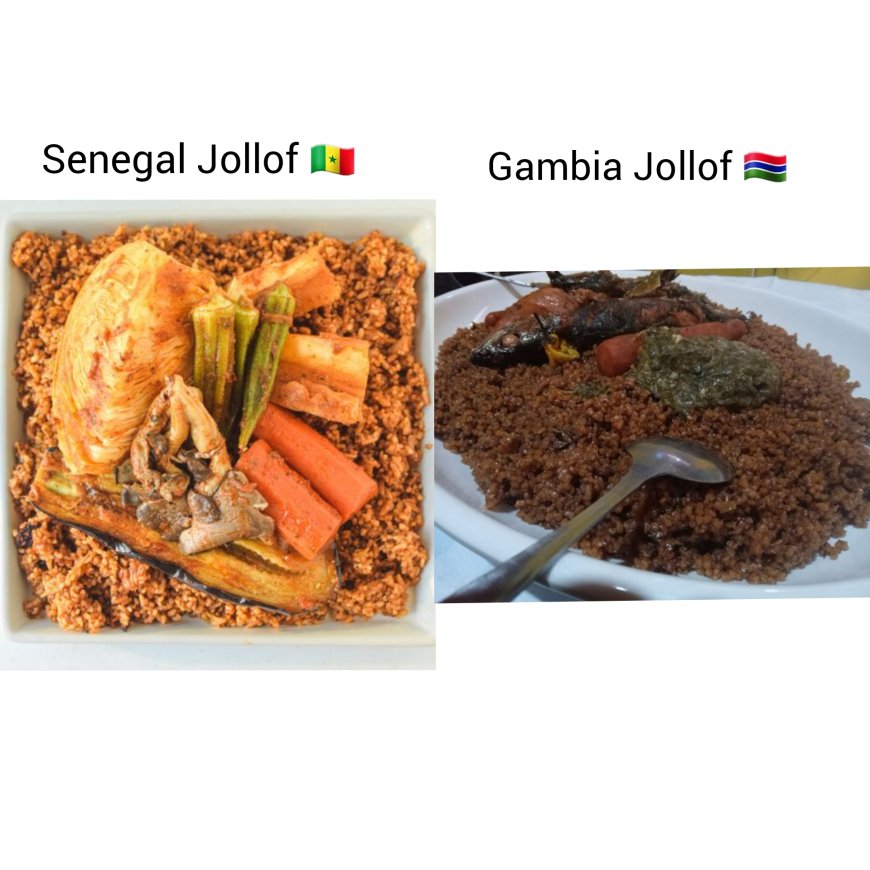
Jollof rice originated from the Wolof Empire, which existed from the 13th to the 19th century in what is now Senegal and The Gambia. The dish was initially called "thieboudienne," a flavorful rice dish cooked with fish, vegetables, and spices. As West African trade and cultural exchange flourished, jollof rice spread throughout the region, with various countries adapting the recipe to suit their local tastes.
The Evolution of Jollof Rice in Ghana and Nigeria
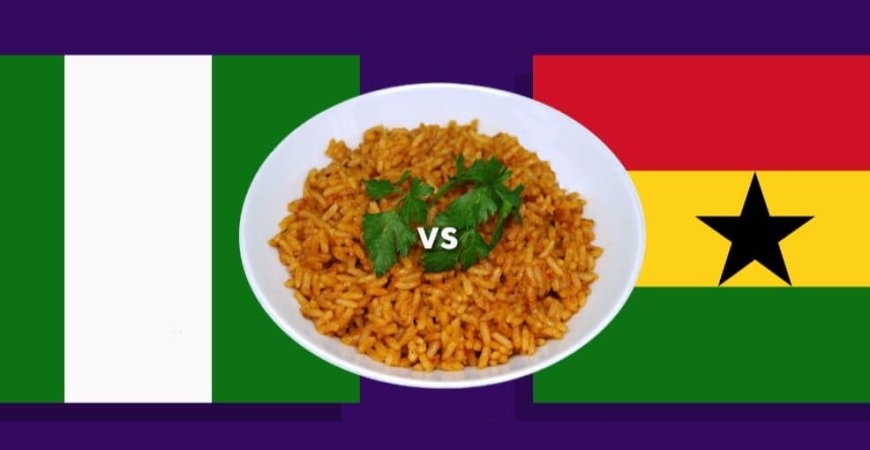
In Ghana, jollof rice was influenced by British colonial cuisine, with the addition of tomatoes and spices. In Nigeria, jollof rice was shaped by Portuguese and Brazilian culinary traditions, with the use of palm oil and chili peppers. These cultural exchanges have resulted in distinct variations of jollof rice, each with its own unique flavor profile.
Ghanaian Jollof Rice: A Spicy, Smoky Delight
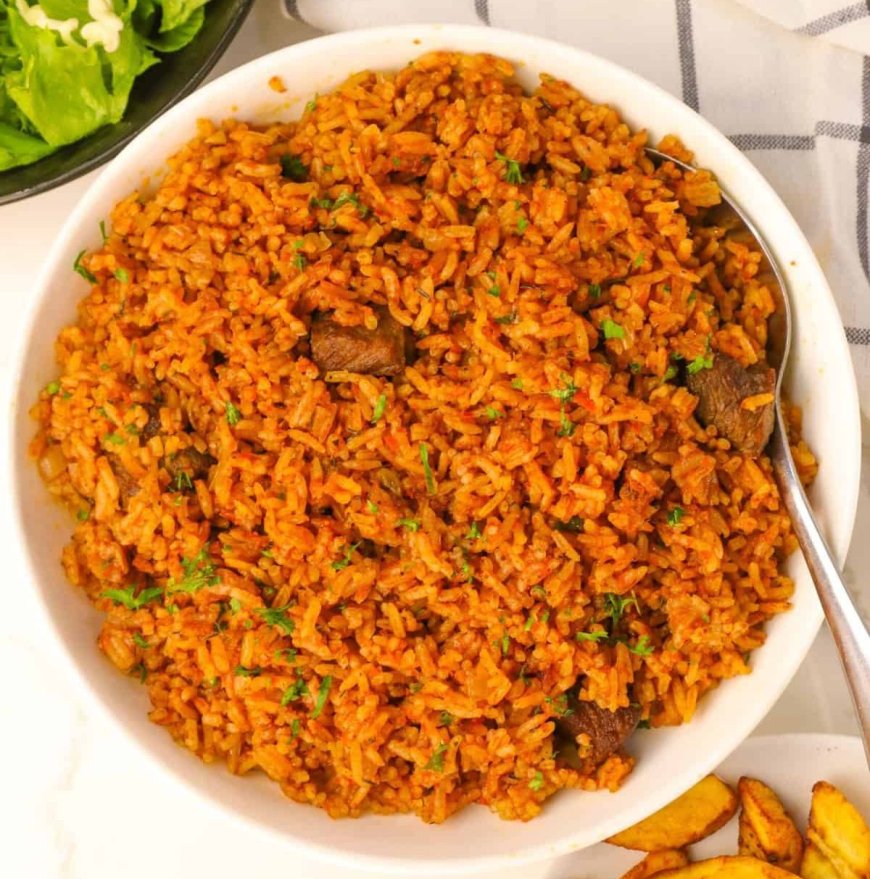
In Ghana, jollof rice is a staple dish, often served at social gatherings and celebrations. The Ghanaian version is known for its bold flavors, with a focus on spices, tomatoes, and chili peppers. The rice is typically cooked with a mixture of vegetable oil, onions, garlic, ginger, and a blend of spices, including cumin, coriander, and paprika.
Nigerian Jollof Rice: A Flavorful, Aromatic Masterpiece
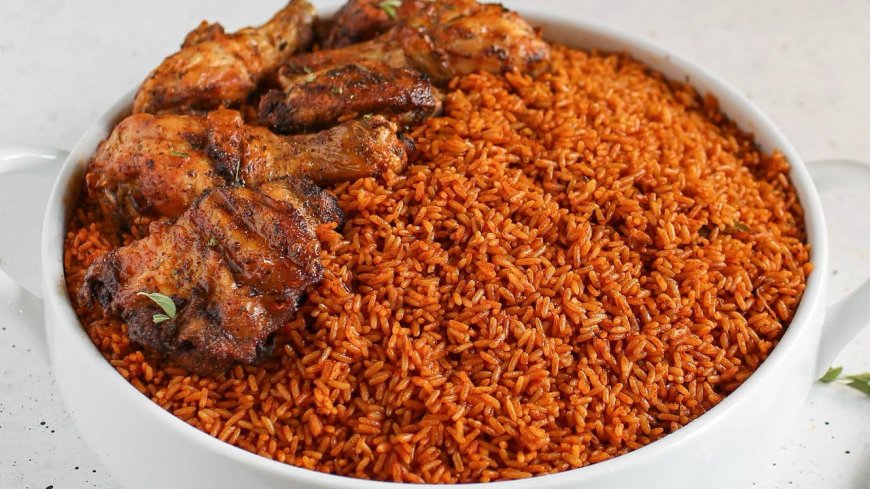
In Nigeria, jollof rice is a beloved dish, particularly at parties and special events. The Nigerian version is characterized by its smoky flavor, achieved by using a combination of tomato puree, vegetable oil, and spices. The rice is typically cooked with a mixture of onions, garlic, ginger, and a blend of spices, including cumin, coriander, and chili peppers.
A Comparative Analysis: Ghanaian vs. Nigerian Jollof Rice
So, what sets Ghanaian and Nigerian jollof rice apart? Here are a few key differences:
- Spice levels: Ghanaian jollof rice tends to be spicier, with a greater emphasis on chili peppers and paprika. Nigerian jollof rice, on the other hand, is often milder, with a focus on aromatic spices like cumin and coriander.
- Tomato usage: Nigerian jollof rice typically uses tomato puree, which gives the dish a richer, more intense flavor. Ghanaian jollof rice, by contrast, often uses fresh tomatoes, which add a brighter, more acidic flavor.
- Cooking techniques: Ghanaian jollof rice is often cooked with a mixture of vegetable oil and spices, which creates a crispy, caramelized crust at the bottom of the pot. Nigerian jollof rice, on the other hand, is typically cooked with a combination of tomato puree and spices, which creates a creamy, saucy consistency.
The debate over which country serves the best jollof rice may never be resolved, but one thing is certain – both Ghanaian and Nigerian jollof rice are delicious, iconic dishes that deserve to be celebrated. Whether you prefer the spicy, smoky flavors of Ghanaian jollof rice or the flavorful, aromatic nuances of Nigerian jollof rice, there's no denying the significance of this beloved dish in West African cuisine.
What's Your Reaction?






































